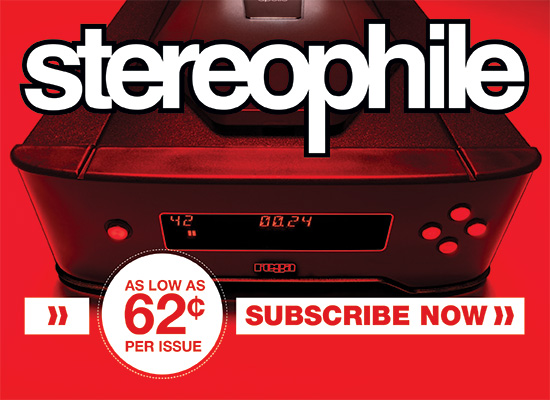LATEST ADDITIONS
|
Jun 18, 2000
|
Jun 18, 2000
|
Jun 11, 2000
|
Jun 11, 2000




